Empowering healthcare clinics & specialty businesses across the country to educate, engage, & inspire patients—right in the waiting room.
Transforming the Patient Experience with
Smarter Digital Signage
No contracts. No upfront fees. Just better content and measurable results.
Why Clinics Choose CDM TV
Meet CDM TV
The Smarter Digital Signage Solution for Healthcare
Our cloud-based signage system delivers patient-focused video content directly to your waiting room — keeping patients informed, entertained, and connected to your brand.
CDM TV helps healthcare providers educate patients at the point of care, reduce perceived wait times, and promote key services.
We handle everything — from setup to content management — so your team can focus on what matters most: patient care.

Dr. Liz White – Harbor City Hearing
“We have been so happy with CDM. The content is fantastic,
I hear patients in the waiting room commenting on the information every day.”
OUR NETWORK & CLIENTS
We are very fortunate to have worked with some truly amazing companies to create
custom channels for their brands.























